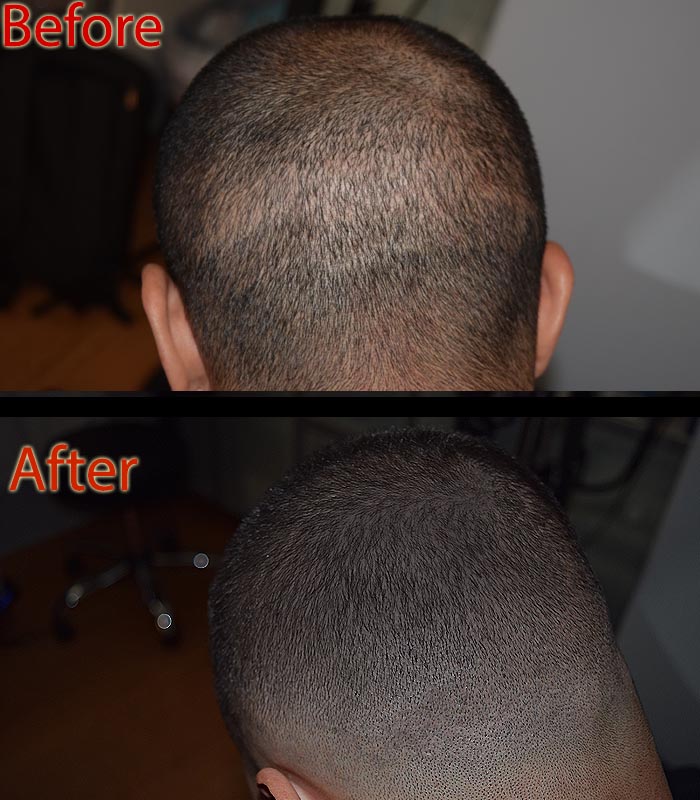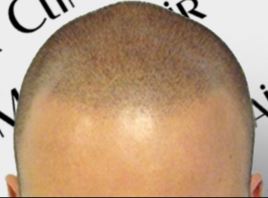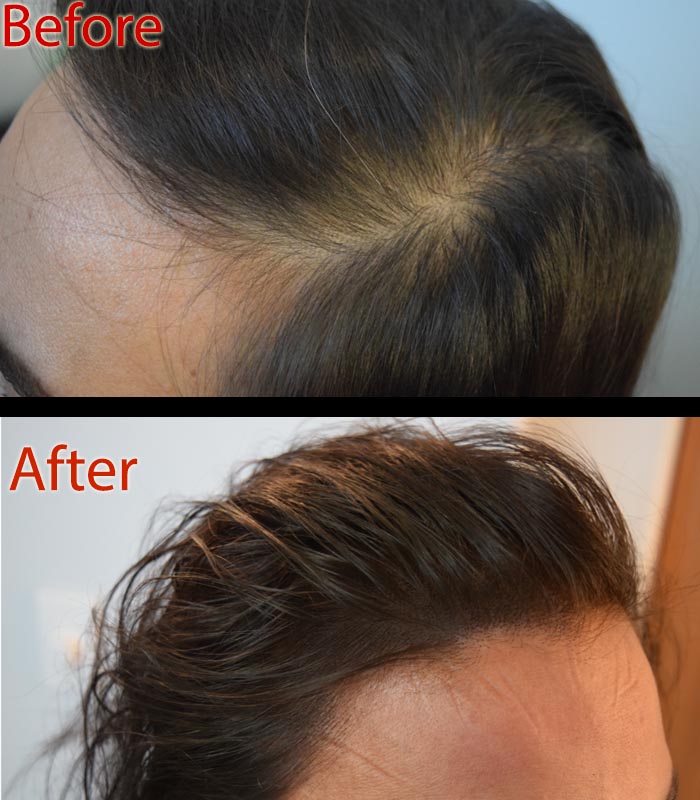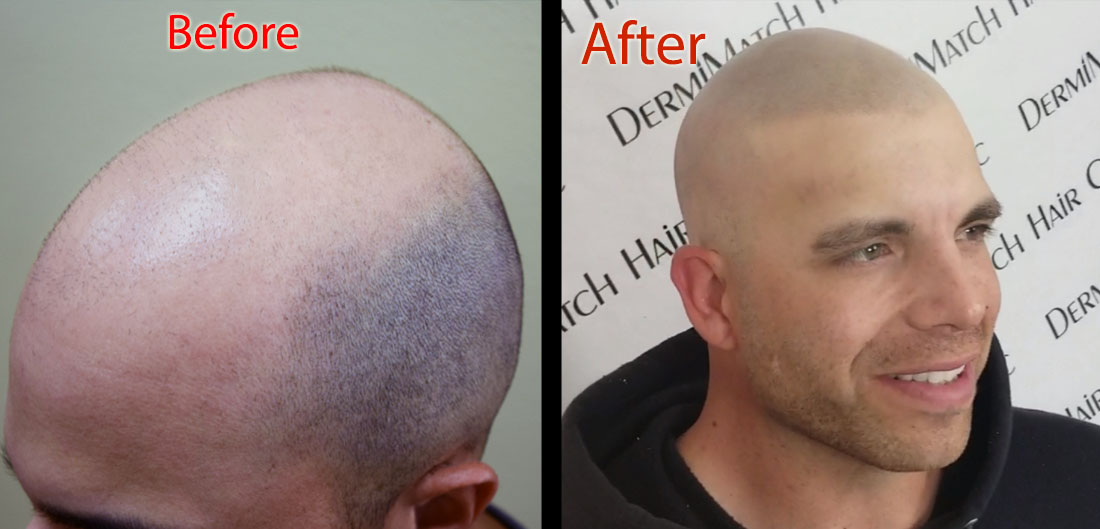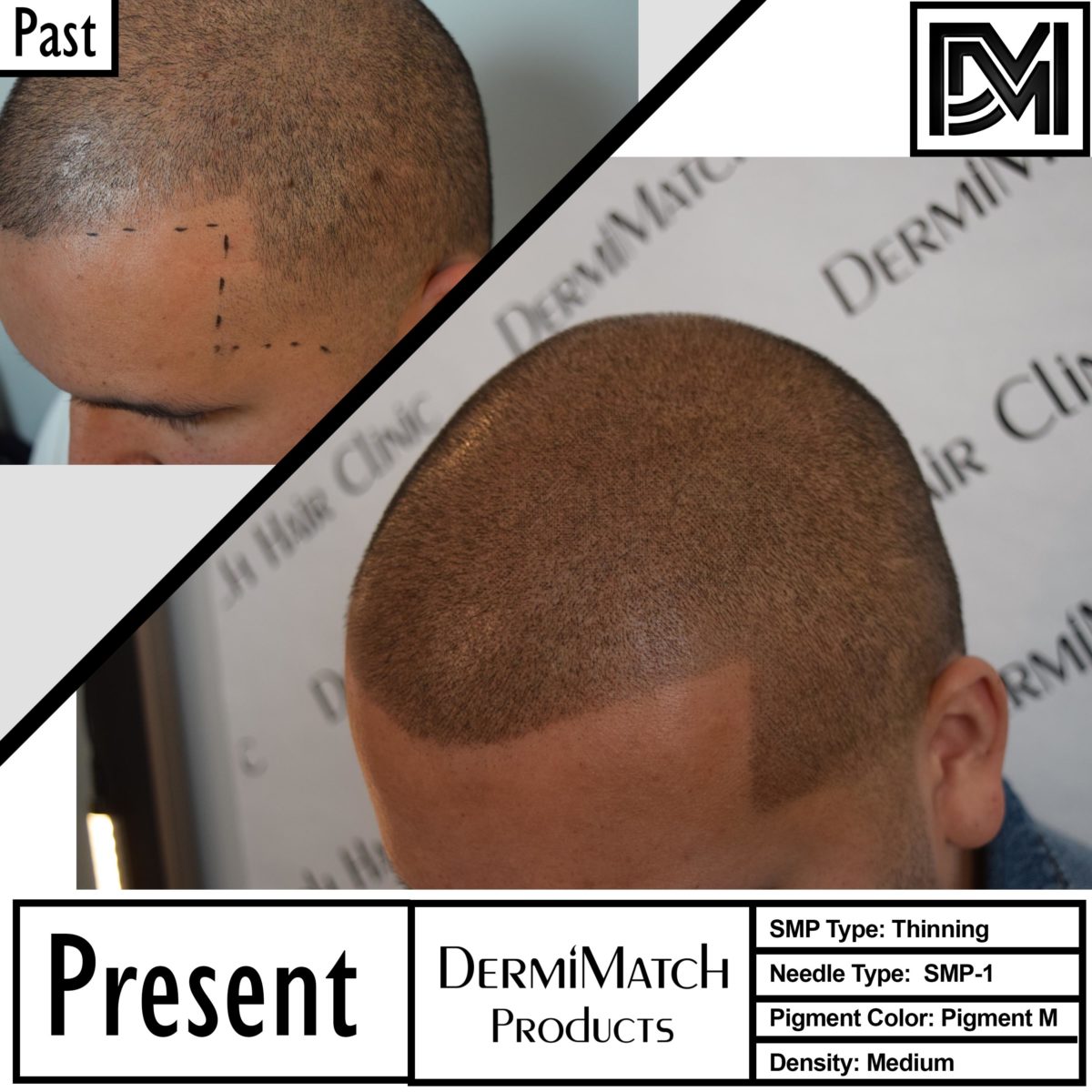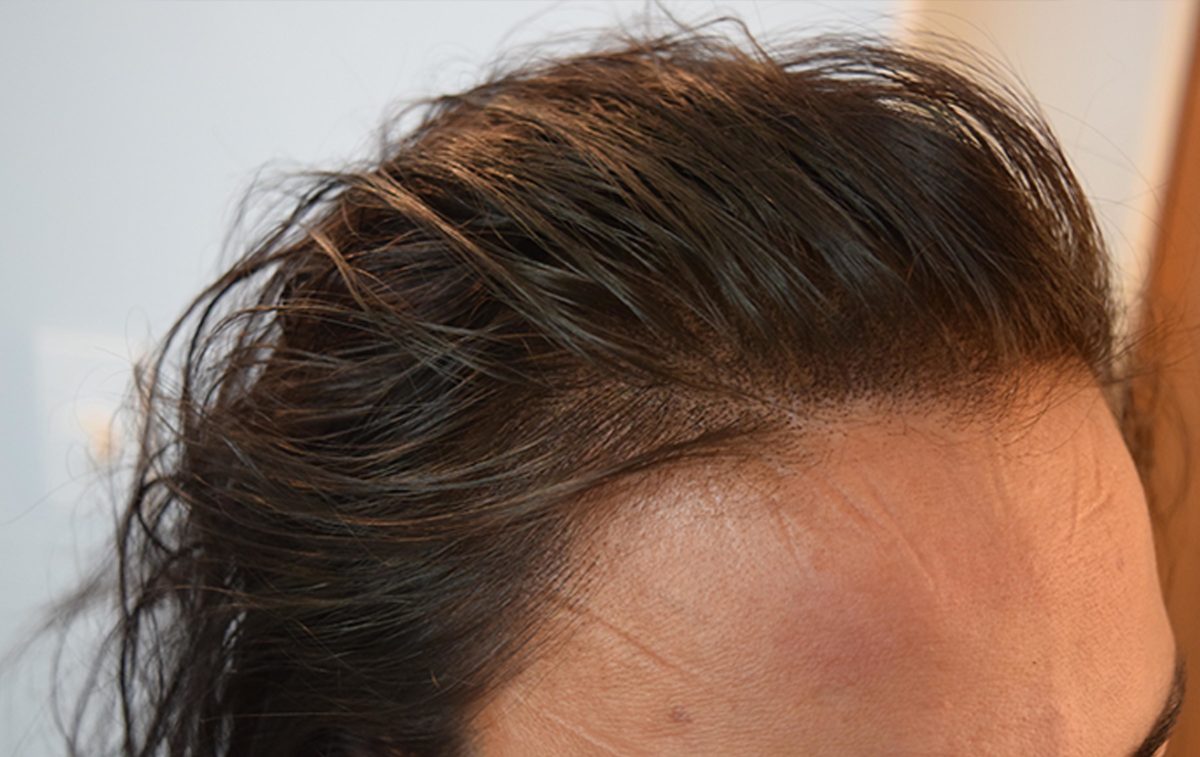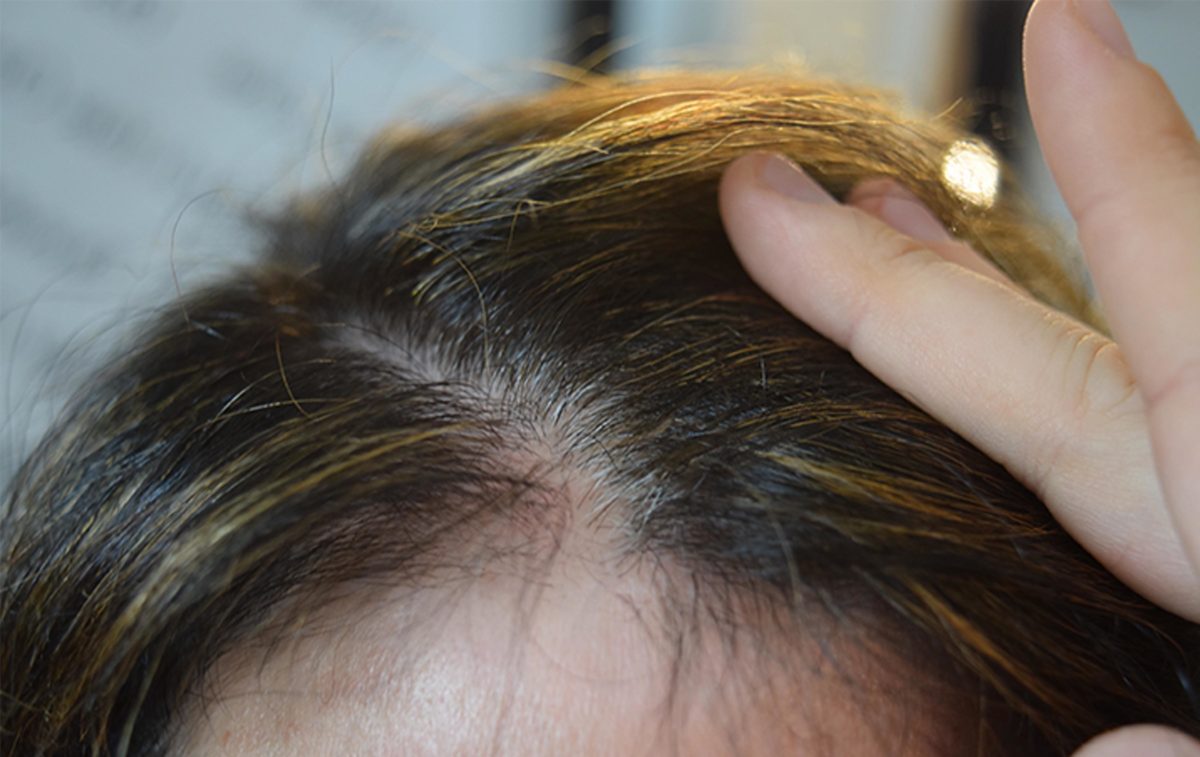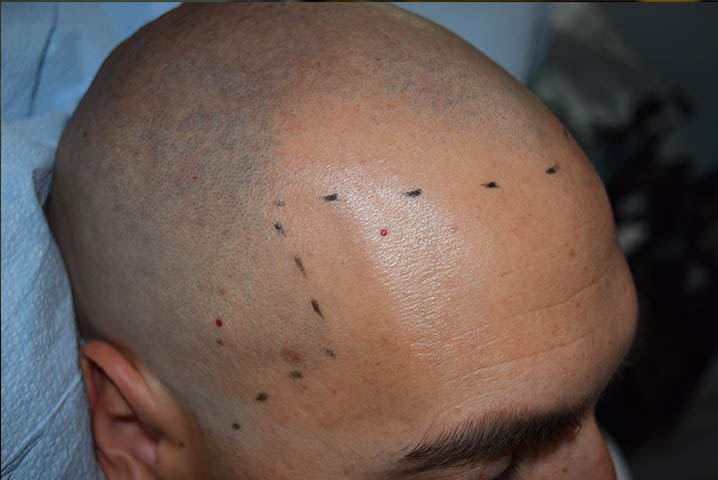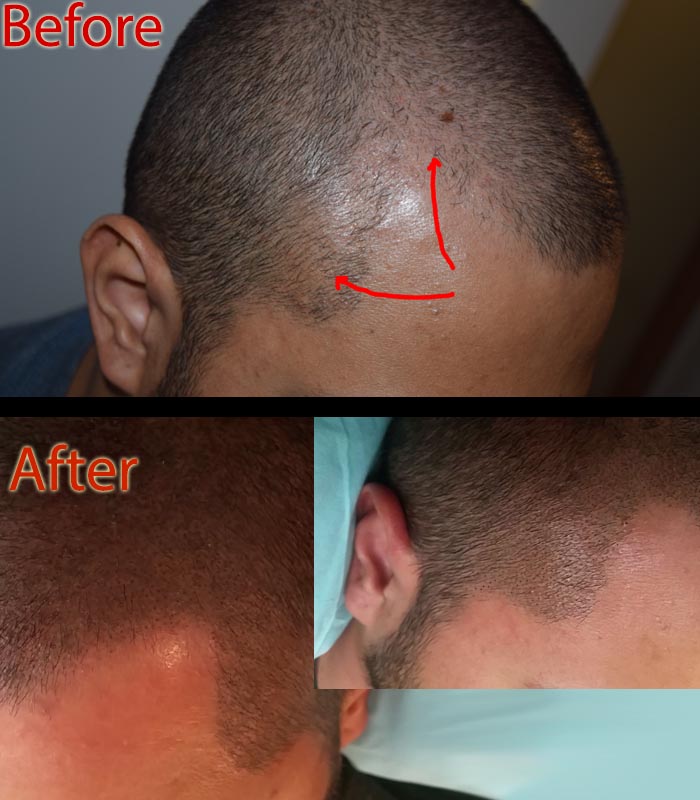Professional SMP artists work hard to deliver real results for clients seeking solutions for thinning hair, hair loss, and receding hairline. Scalp micropigmentation is a non-invasive procedure that uses specialized pigment. Scalp experts are happy to share the following advantages of scalp micropigmentation.
SMP Artists Suggest Long-Term Solution to Hair Loss
Scalp artists use tiny deposits of pigment to create a hair pattern on the scalp. The pigment used here is specialized high-grade ink, which is different from regular tattoo ink and formulated to last much longer without fading, blurring, or discoloration. The goal of SMP is to replicate the appearance of the scalp by creating natural-looking hair. Scalp professionals claim that SMP is a long-term solution to hair loss problems. Even people with certain medical issues, such as alopecia areata, PCOS, can also opt for scalp micropigmentation.
SMP Artists Confirm Safety
Since the procedure does not involve the use of chemicals, it is relatively safe than many other hair restoration solutions. Being a non-invasive procedure, SMP is painless and ensures a speedy recovery. There are minimal side effects. A person might experience swelling, redness, or itching. Scalp professionals use sterilized equipment for the procedure to reduce the risk of infection. Clients should reveal the truth about any allergies they suffer from so SMP artists are aware of the risks ahead of time. This helps them take precautions accordingly.
SMP is Not Hair Growth Procedure
Professional scalp artists always reveal the exact truth about the procedure so the client does not have unrealistic expectations. The procedure does not stimulate hair growth nor does it stem hair fall.
It is meant to cover certain areas of baldness, thinning hair, or a receding hairline. However, it does not cause any damage to hair.
SMP Duration Is Not Same for Everyone
The length of the hair restoration procedure is not the same for each client. It varies from one individual to another. While for one, it may require a couple of sessions, for others, the procedure may be complete in more sessions.
SMP Does Not Require Long-Term Maintenance
Scalp micropigmentation does not require a lot of maintenance. A client must follow a few SMP aftercare steps to ensure lasting results. it is crucial to keep the scalp hydrated so that the skin does not become dry or flaky. SMP artists also advise clients to keep the scalp covered when they step out in the sun.
- Scalp professionals also suggest avoiding sudden temperature changes after the procedure.
- They warn against using any abrasive products on the scalp, which includes harsh chemicals.
- SMP artists advise regular exfoliation of the skin with a gentle scrub and minimize their exposure to water.
Professional scalp micropigmentation artists claim that following these post-SMP aftercare tips can help prolong the life of the pigment.
Work With Scalp Professionals
If you are looking for realistic results after experiencing hair loss, it is crucial to find an experienced scalp artist, whose skills fit your specific needs. A true professional is dedicated to delivering the expected results.
DermiMatch Clinic has a team of SMP artists that works hard to deliver the best scalp micropigmentation experience for clients. Consult with Phoenix SMP experts today.

